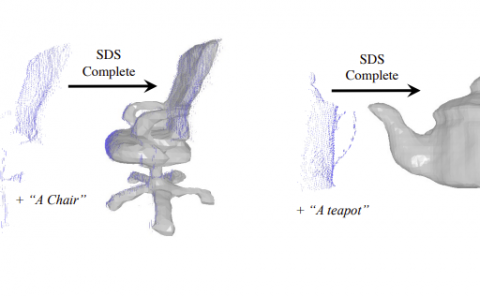On Efficient Non-Stationary Channel Emulation in Conductive Phase Matrix Setup for Massive MIMO Performance Testing
PubDate: May 2022
Teams: Beijing University of Posts and Telecommunications;Aalborg University;
Writers: Heng Wang; Weimin Wang; Yongle Wu; Guojin Zhang; Bihua Tang; Yuanan Liu; Gert Frølund Pedersen; Wei Fan

Abstract
Massive multiple-input multiple-output (MIMO) is considered as a critical technique in 5 G New Radio (NR), due to its capability to significantly improve data rate and link reliability for the radio link. To make it a reality, it is essential to evaluate massive MIMO performance in realistic spatial fading channel conditions. Specifically, dynamic spatial channel emulation is crucial to evaluate the massive MIMO beam operations. Due to the high cost associated with both the traditional conduced testing method and the standardized multi-probe anechoic chamber (MPAC) based Over-the-Air (OTA) testing setup for massive MIMO performance testing, fading channel emulation for massive MIMO testing using a conductive phase matrix setup has been proposed in the literature. However, it is still a challenging problem to emulate dynamic spatial channels in a cost-effective and efficient manner for the conductive phase matrix setup, since traditional algorithms suffer from high computational complexity and system cost. This paper proposes a fast and accurate framework to emulate dynamic spatial channels in the phase matrix setup, where the basic idea is to mimic a virtual MPAC setup. By doing so, we can mimic MPAC setup with flexible probe configurations. Furthermore, a novel successive cancellation strategy and a closed-form algorithm are proposed to determine the probe locations and probe weights, respectively, which can significantly reduce the computational complexity associated with dynamic channel emulation. Simulation results show that the proposed algorithm is highly accurate and computationally efficient, compared to state-of-art solutions. Further, we apply our developed algorithm to emulate measured non-stationary channels and excellent emulation accuracy can be achieved. The proposed method can be employed for emulating dynamic spatial channels, which is of great importance for massive MIMO performance testing.

